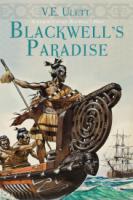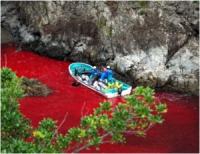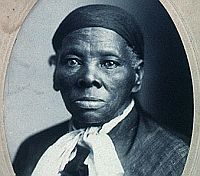 Today’s Google Doodle is of Harriet Tubman. Born a slave, Harriet Tubman escaped and would become a leading “conductor” on the “Underground Railroad” which helped slaves escape from bondage in the South to freedom in the North and in Canada, prior to the Civil War. Nicknamed “Moses,” she took made more than nineteen trips back into the slave-holding South to rescue more than 300 slaves. Her greatest rescue mission, however, came during the Civil War, when she planned and help lead a Union riverboat raid at Combahee Ferry in South Carolina on the first of June, 1863, freeing 724 slaves.
Today’s Google Doodle is of Harriet Tubman. Born a slave, Harriet Tubman escaped and would become a leading “conductor” on the “Underground Railroad” which helped slaves escape from bondage in the South to freedom in the North and in Canada, prior to the Civil War. Nicknamed “Moses,” she took made more than nineteen trips back into the slave-holding South to rescue more than 300 slaves. Her greatest rescue mission, however, came during the Civil War, when she planned and help lead a Union riverboat raid at Combahee Ferry in South Carolina on the first of June, 1863, freeing 724 slaves.
Paul Donnelly of the New York Times described the scene on the 150th anniversary of the raid:
It is arguably the most beautiful scene ever recorded in war. Two Union gunboats, the Harriet A. Weed and the John Adams, converted ferryboats, churning up the Combahee River with their big side paddlewheels. Steam whistles signal, while in the bow of the Adams, a small, powerful woman is… singing. From all around, hundreds hear Harriett Tubman’s call and run for the boats, for freedom. At least 727 men, women and children escape, mothers carrying babies, including one pair of twins: the largest liberation of slaves in American history.

 A man recently drifted ashore in a 24′ fiberglass boat on
A man recently drifted ashore in a 24′ fiberglass boat on 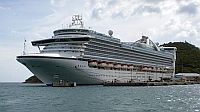 Princess Cruises announced that the
Princess Cruises announced that the 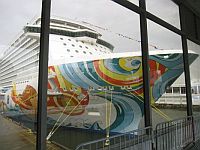
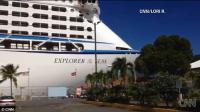 It is no doubt not a record that Royal Caribbean would have aspired to. Their ship,
It is no doubt not a record that Royal Caribbean would have aspired to. Their ship, 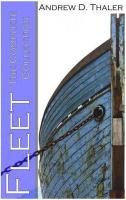 A
A 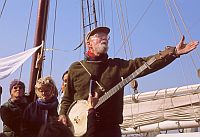
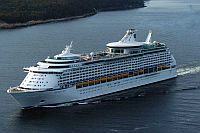 My next door neighbors left last Tuesday for a 10 day cruise in the Eastern Caribbean on the Royal Caribbean Cruise Line ship
My next door neighbors left last Tuesday for a 10 day cruise in the Eastern Caribbean on the Royal Caribbean Cruise Line ship  The
The 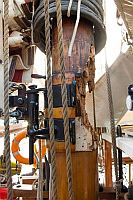 Their
Their 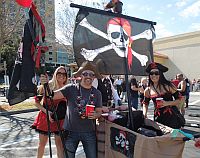 Today, Tampa, Florida will be “invaded” by pirates. Every year about this time, Tampa celebrates the
Today, Tampa, Florida will be “invaded” by pirates. Every year about this time, Tampa celebrates the 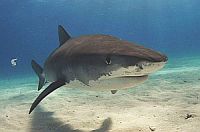 A recent study by the
A recent study by the 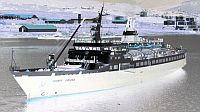 The
The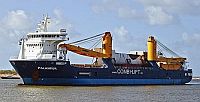
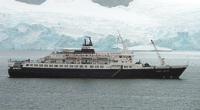
 Last June,
Last June,